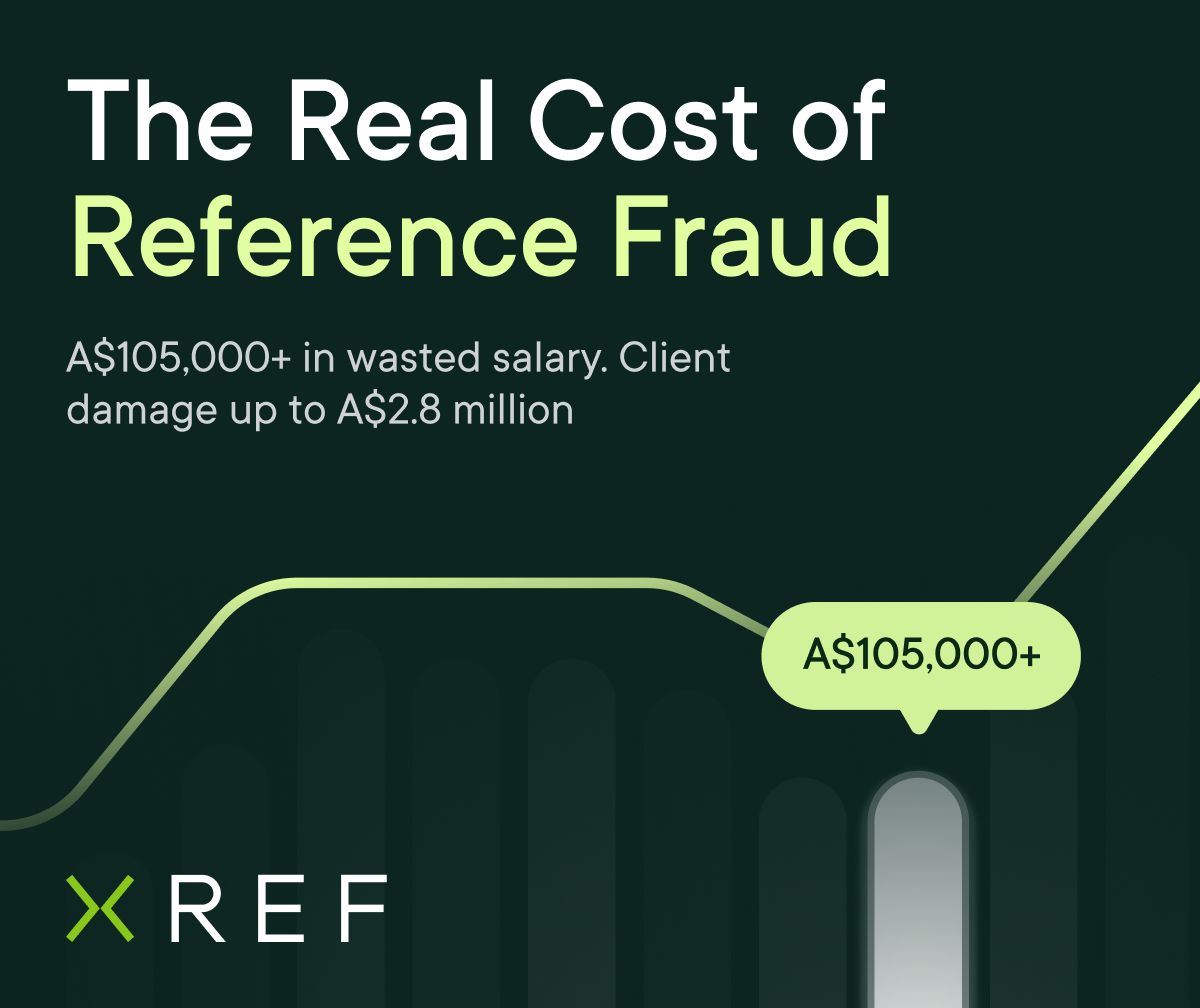


Give your people a voice with a tailored Xref Engage survey.
Increase retention and reduce turnover with quick employee feedback from an Xref Pulse Survey.
During the recruitment process, excitement and anticipation levels run high.
This is true for everyone involved and often means employers become so distracted by the process that they drop the ball when it comes to really understanding candidates.
According to the findings of research by Robert Half & Associates, 47% of candidates decide whether to take a job after an initial meeting and 91% are willing to quit within their first month in the role. Thirty-six per cent say one reason they’d be willing to quit is a lack of proper onboarding.
Rather than seeing an offer as the finish line, employers need to focus on engagement from day one and communicate consistently with candidates as they move from an offer, through pre-boarding and during the onboarding process.
It’s critical to understand the value of good, consistent and engaging communication during recruitment, as a tool to inform and excite new recruits, even after the thrill of an offer wanes.
Candidate experience still tops the talent acquisition priority list. However, recent research from the Talent Board found that a lack of engagement during the hiring journey is still letting employers down, with:
A slow, one-sided process implies a lack of respect for a candidate’s time and can have a long-term impact on the way they view your business as both a job seeker and a consumer.
Rather than just a box-ticking exercise, the recruitment period should be seen as an opportunity to communicate with and gather information about candidates, for three key reasons:
Consistent and authentic communication will help you guide a candidate through the recruitment process and into your business with the confidence and excitement that their new employer knows and understands them.
Unfortunately, in many cases, candidate experience and employee engagement are still seen as two entirely different disciplines, often even managed by different departments
But there are a number of steps that can be taken to ensure the talent transition is smooth, positive and consistent. Here are our four Cs:
Waiting until an employee is in the business before engaging with them is shortsighted and misses the opportunity to leverage recruitment time to really get to know candidates.
By treating recruitment processes as information gathering and relationship building tools, employers can create the best basis on which to engage an employee throughout their time with the business.
To learn more, check out our webinar with Enboarder and Michael Hill’s Group Recruitment Manager, Lee Robinson, to hear our take on managing the recruitment journey and maintaining a strong employer brand throughout.
